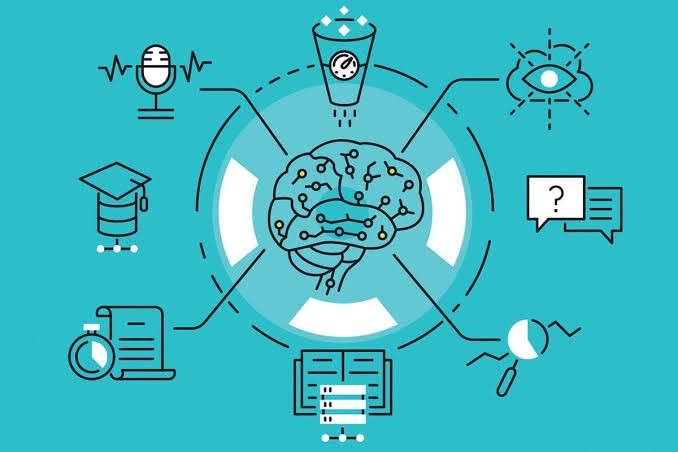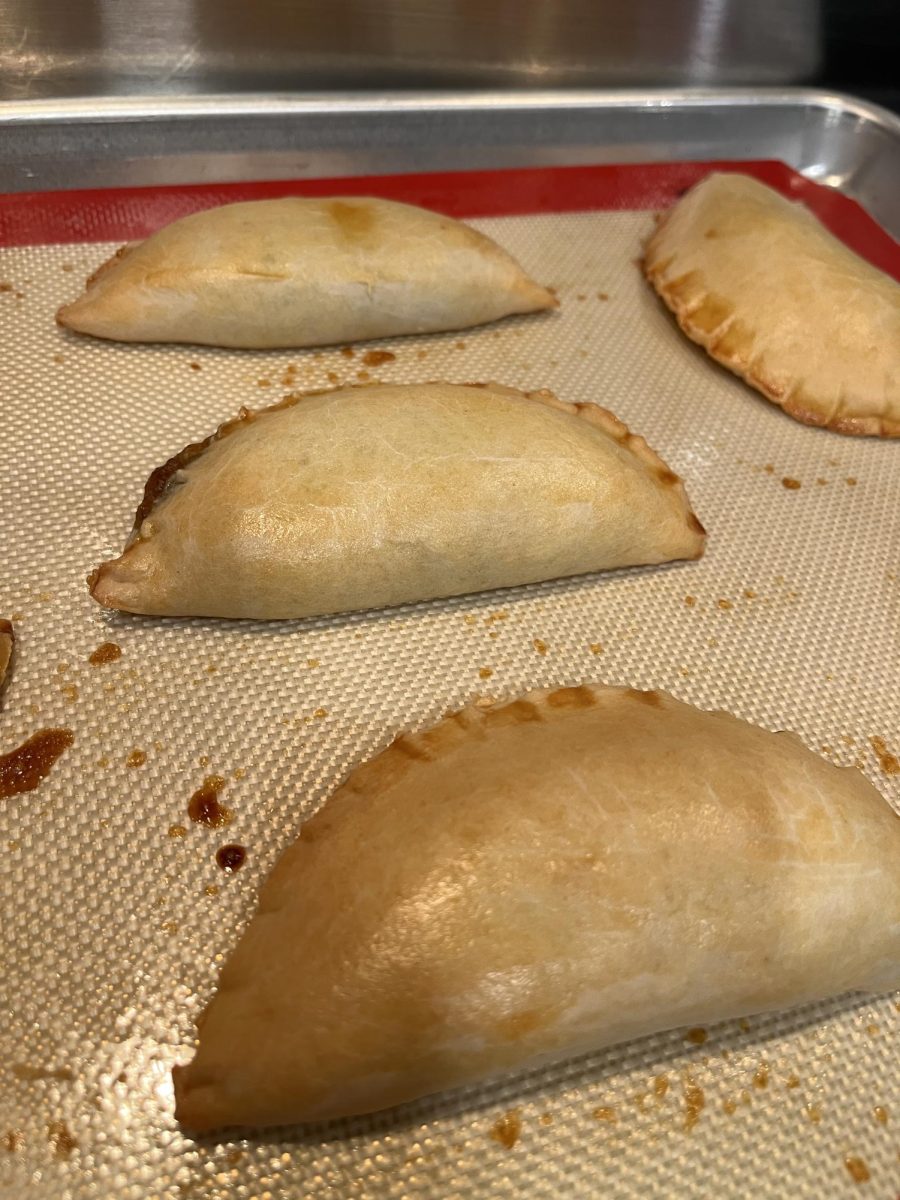Five Study Techniques Used by Successful Students
December 7, 2022
There is a huge test tomorrow. You have spent all night studying; copying notes, reviewing the textbook, and highlighting dozens of words. You get a few hours of sleep, skip breakfast, and arrive at school. You sit at your desk, receive your test, and…all of the information you learned just went out the window. You turn in your test, discouraged and disappointed.
Sound familiar? This is an almost universal experience for high school students. Studying for a quiz, test, or exam can be a stressful and confusing experience. Many students don’t know how to study in such a way that they will retain information and be able to apply it later. Some aren’t even sure how to study at all.
Luckily, students and educators over the years have created many effective study strategies that can help improve grades.
First, we should establish what makes a study method effective. When you study, the information you’re studying should stay in your brain for an extended period of time. You should also be able to accurately explain and apply what you have learned. If you find yourself forgetting things that you just reviewed, you may be doing it wrong. Avoid simply memorizing terms. Instead, focus on teaching yourself important concepts and how they connect to each other.
All of the following methods utilize learning techniques proven to improve test scores.
- Mind Mapping
Mind maps are colorful diagrams that help you visualize and better understand inter-connected concepts. Creating a mind map can aid you in retaining information related to more complex topics. To create a mindmap, start by writing the central subject in the middle of a paper. Then, write related ideas around it, connecting different ideas with lines. Label the lines with explanations of how the ideas relate to each other. Be sure to use illustrations and bright colors, which are scientifically proven to stay in your brain for longer. Mind maps make it very easy to store information in your brain so it can be easily accessed during a test.
- The Pomodoro Technique
This method has more to do with time management while you study than the actual process of studying. The pomodoro technique is a method where instead of studying for hours at a time, you study in short periods with breaks in between. Pomodoro study periods are usually twenty minutes long, with five minute breaks. The twenty minute periods should involve putting your undivided attention into studying, while breaks are for relaxing and keeping yourself energized. Going hours without a break can overwhelm your brain with information and tire you out, actually making it harder to remember things later on. Studying the pomodoro way can keep you motivated and allow you to absorb more learning material.
- Blurting
Blurting is a method that involves lots of writing, but don’t let that get in the way of this effective form of studying. To properly “blurt,” start by reviewing the needed material for 30 minutes. Then, put your notes away and write down as much information as you can remember on another sheet of paper. Then, compare your original notes with the blurt. Repeat until you can remember all of the information without referring back to your notes.
- The Feynman Technique
The purpose of the Feynman technique is to understand a concept on a complex level. To use this technique, review any notes or flashcards with the goal of not just knowing the information, but understanding it. If you think you are ready for a test or quiz, try teaching the information to someone else, in an imaginary classroom. By doing this, you force yourself to explain certain topics in a concise and coherent manner. If you notice any gaps in your knowledge, go back and review before trying again. As Albert Einstein said, “If you can’t explain it to a six-year-old, you don’t understand it yourself.”
- The Leitner System
If you love using flashcards, the Leitner System is for you. To use this method, you will need flashcards with important terms, and 4 boxes. Start by putting all the flashcards in Box 1. Study the cards as you usually would. If you know the term, put it in the next box. So from Box 1 to Box 2. If you don’t know the term, keep it in Box 1 or move it down 1. So from Box 3 to Box 2. Divide your time between each box accordingly until all of the information has been learned.
Hopefully these five methods will help you on your next test and in your academic future!































